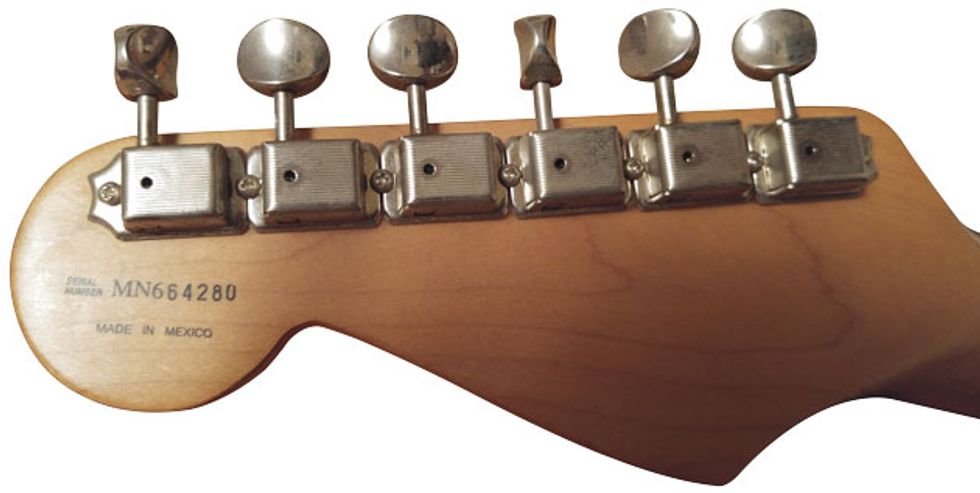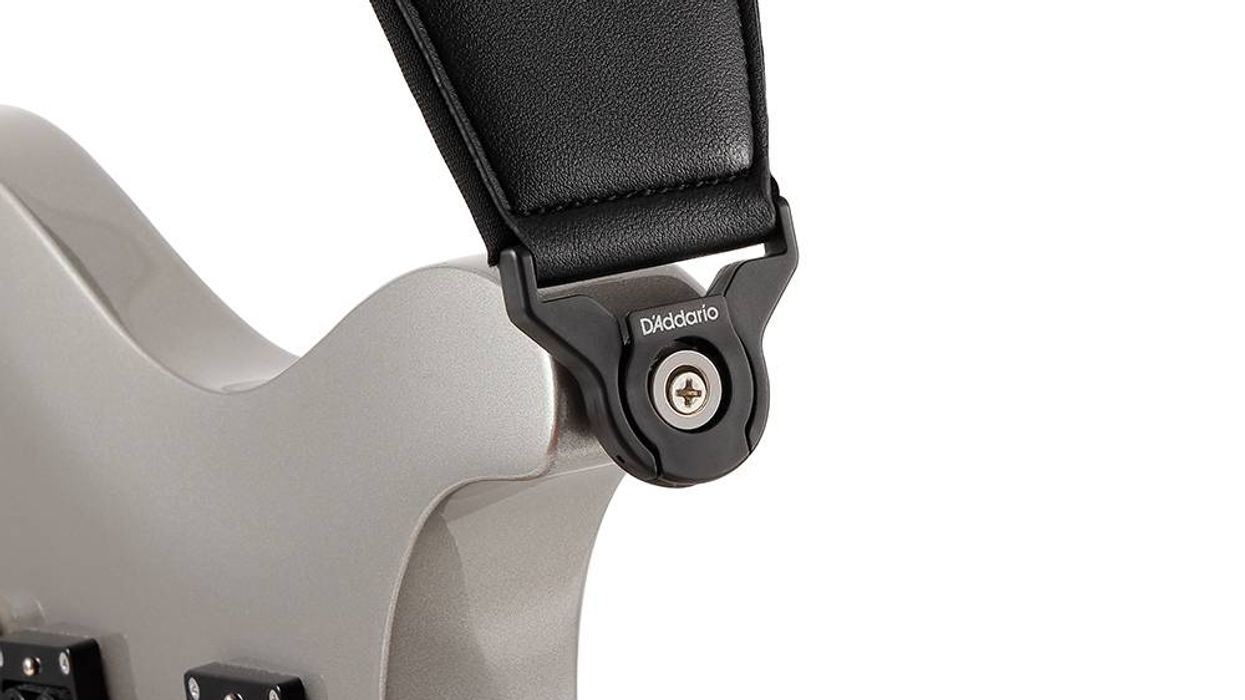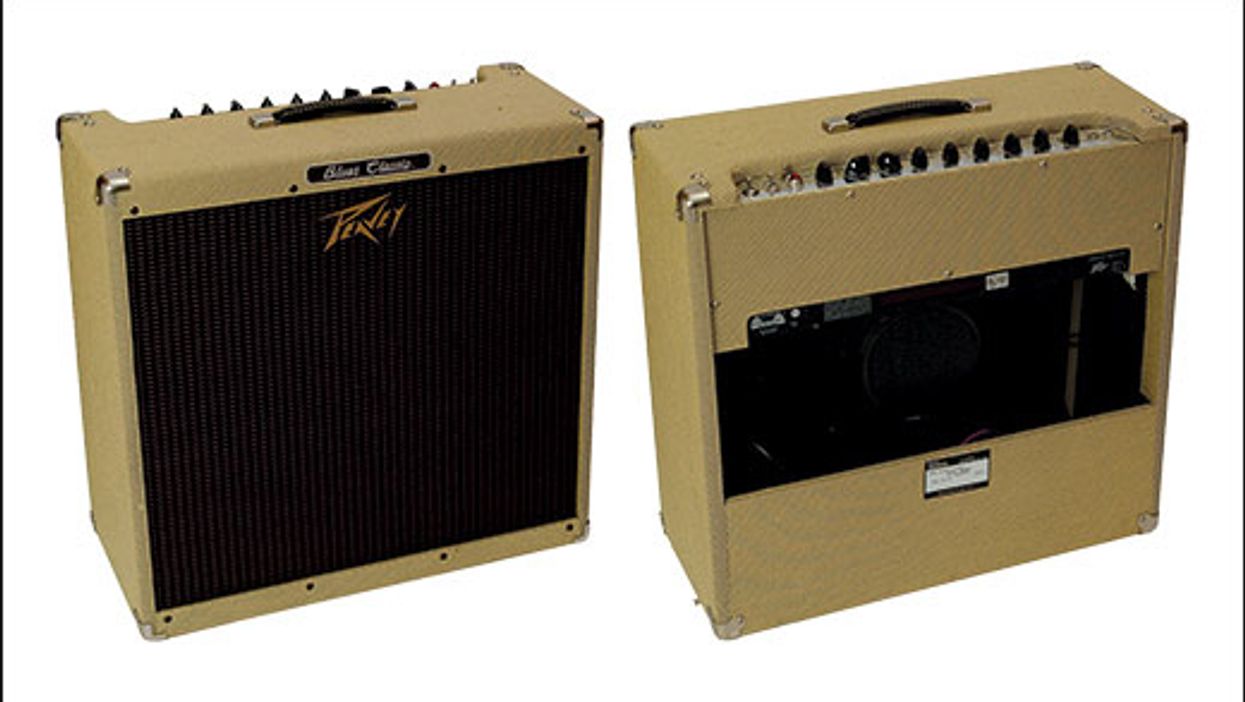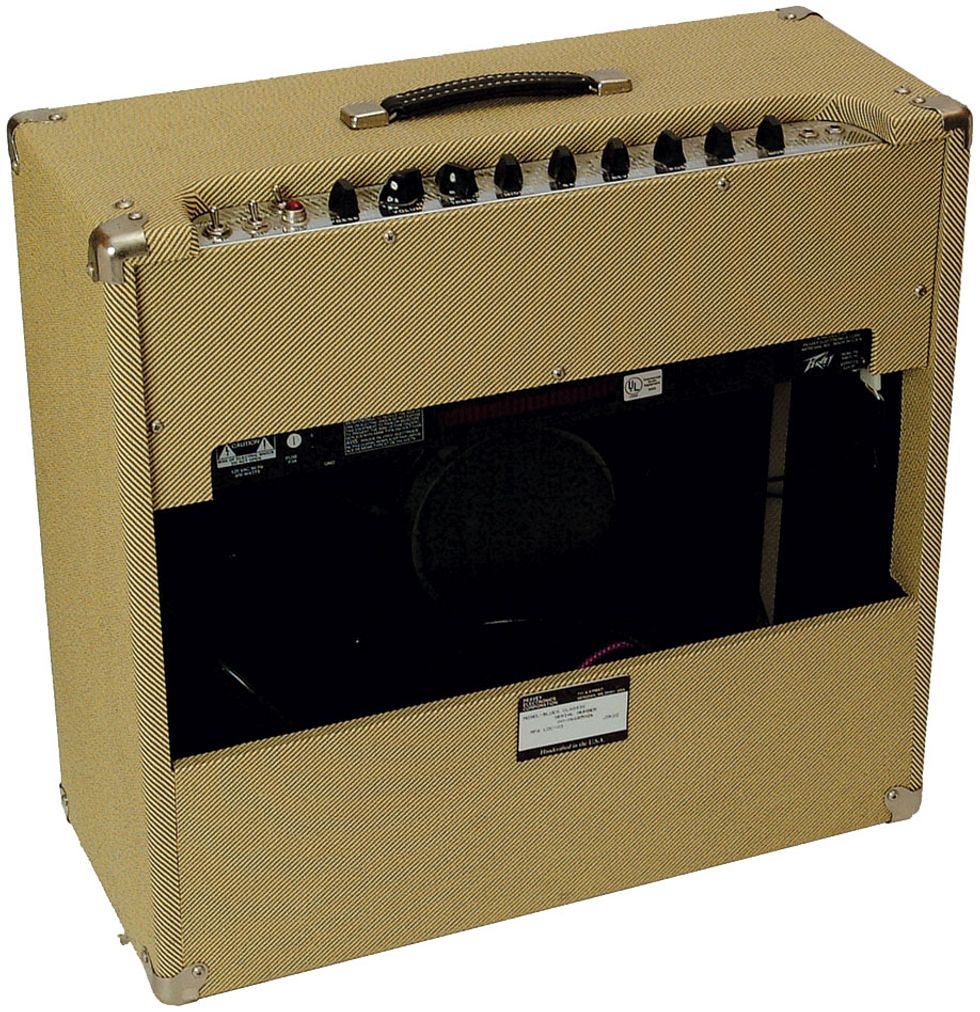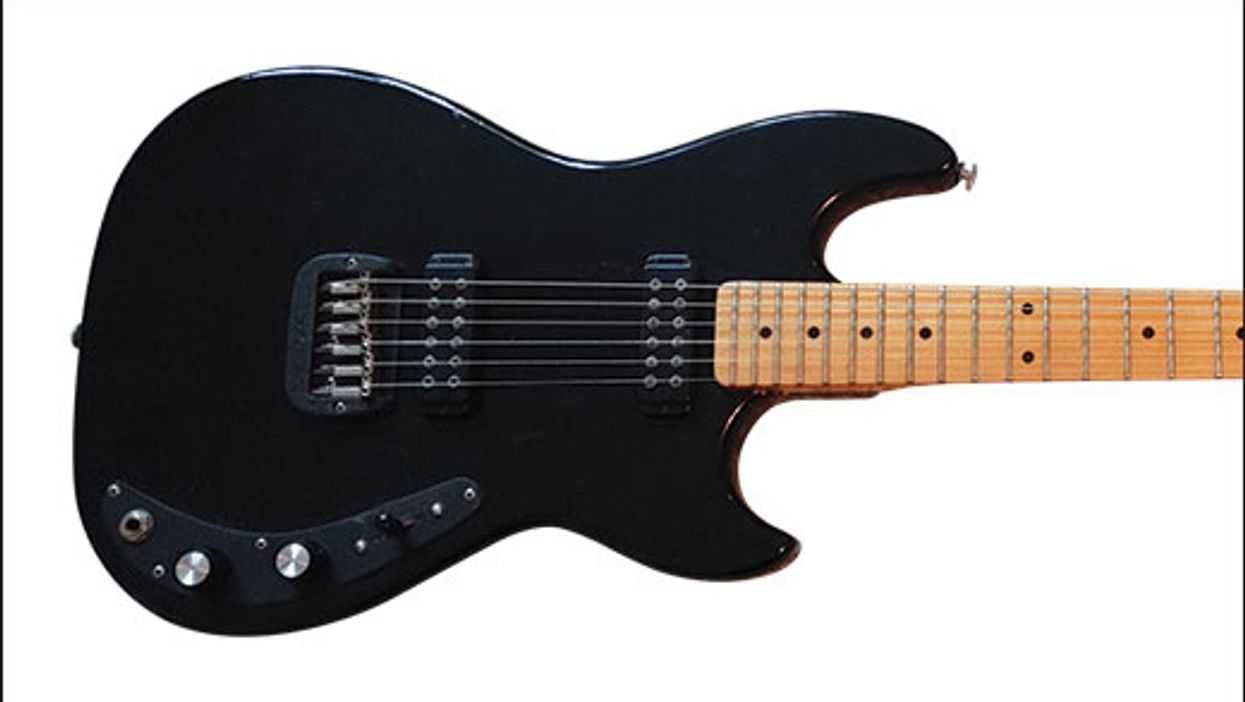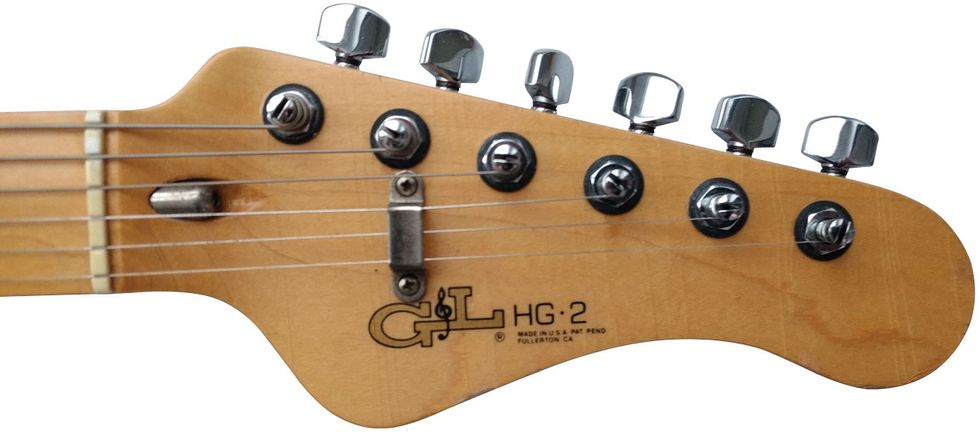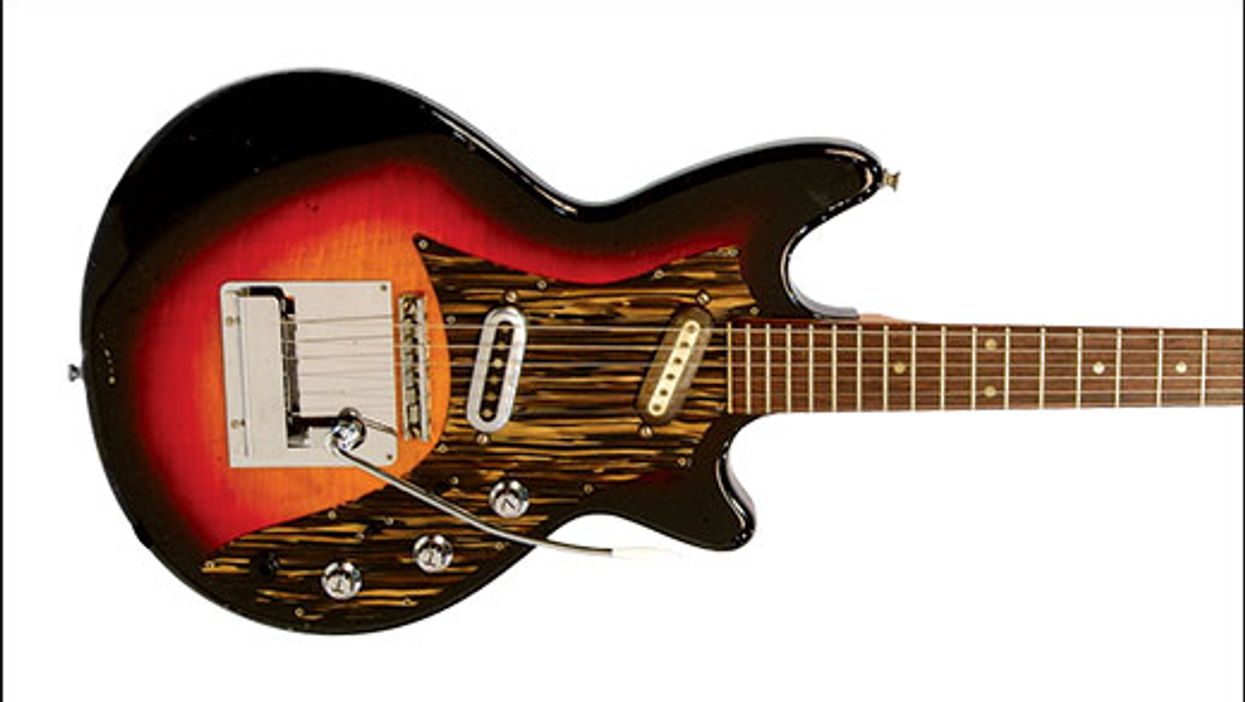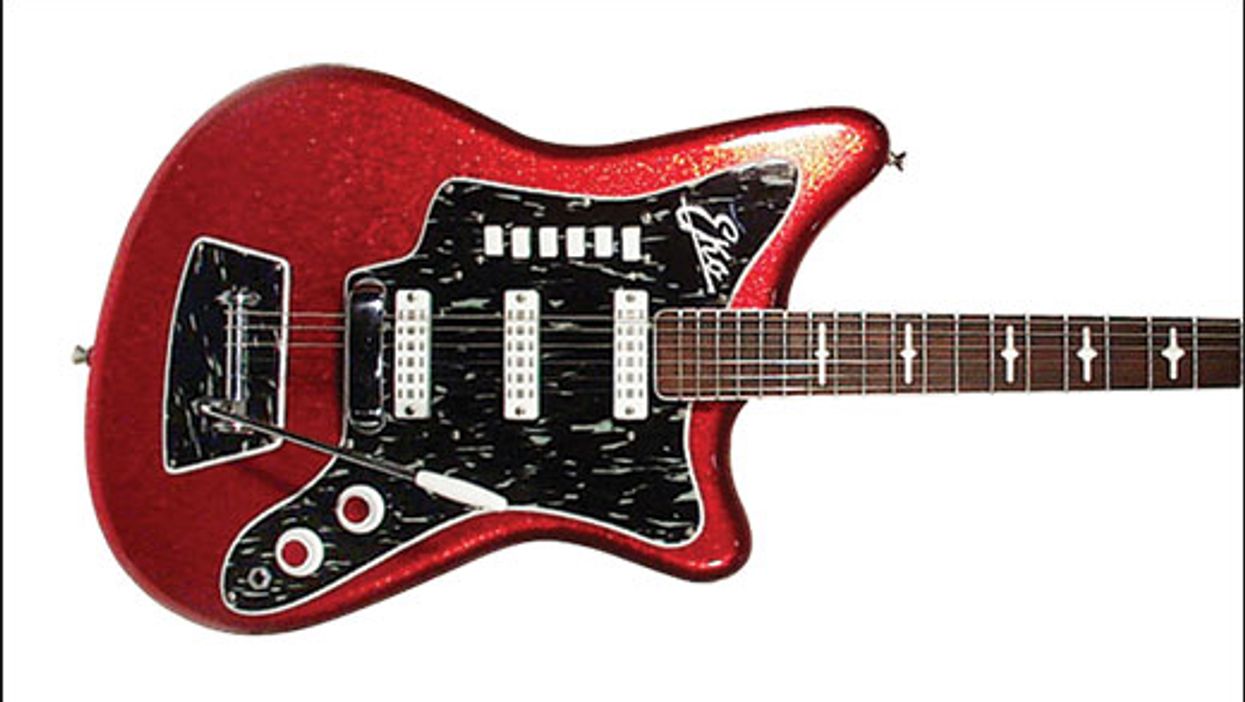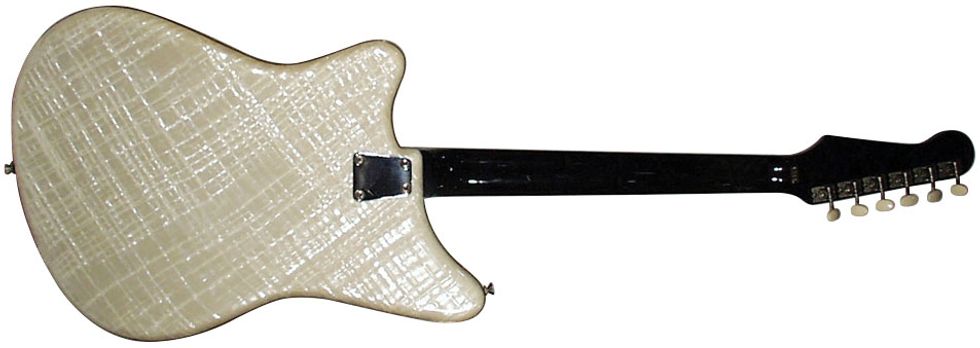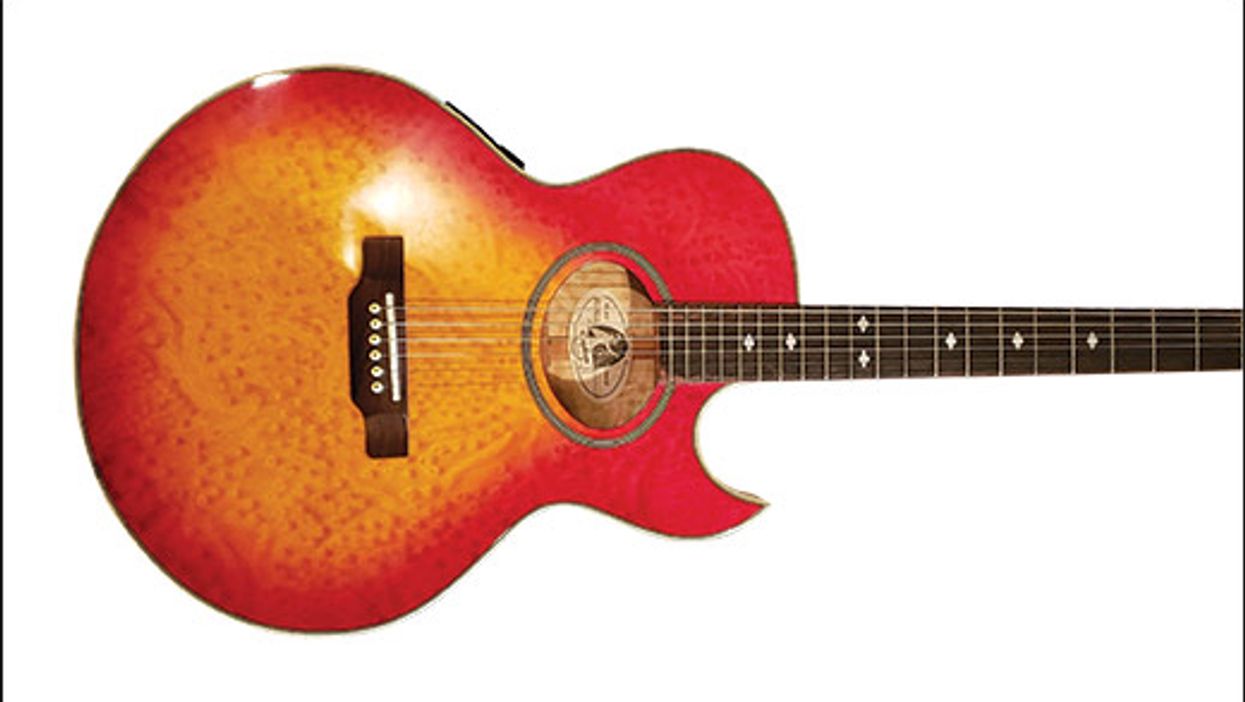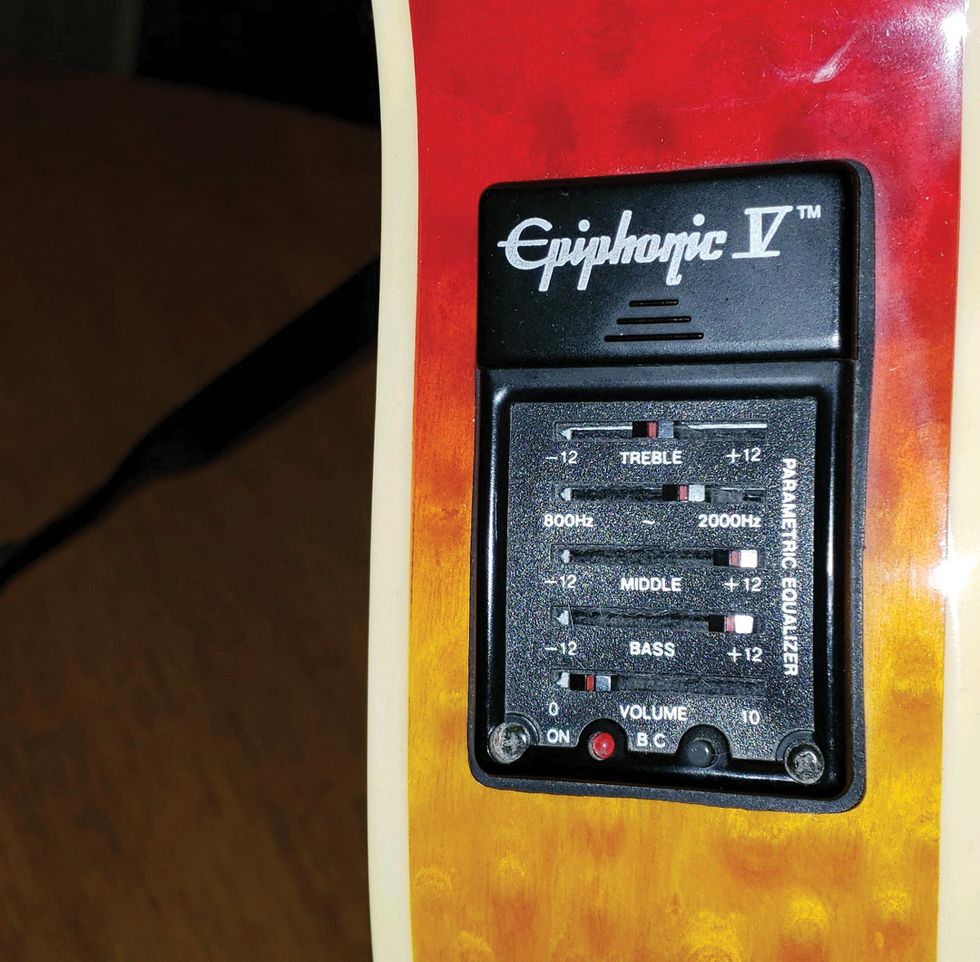Hey Zach,
I have a Fender Stratocaster that I bought for my son sometime in the 1990s. He played it a few times, but moved away and told me I can do what I want with it. (Unfortunately, he never took to the guitar.) It’s candy apple red but the only information on the guitar is “Fender Stratocaster” on the front of the headstock, and the serial number MN664280 and “Made in Mexico” on the back. I’ve narrowed it down that it was made in 1996, but after looking online and at the Blue Book of Electric Guitars, I’m not sure what variation of Stratocaster this is. How can you tell?
Aaron in St. Louis, MO
Hey Aaron,
The Stratocaster is undoubtedly Fender’s most popular model of all time. And they’ve capitalized on this success for over 60 years by producing more than 100 variations of the timeless guitar. Unfortunately, the type of each Strat is not usually indicated anywhere on an instrument, which leaves an owner to do some research. Having the original box/case/paperwork helps, but here, we’ll figure out exactly what variation of Strat you have by using the process of elimination.
From the introduction of the Stratocaster in 1954 through the early 1980s, there was pretty much only one Stratocaster in Fender’s lineup from year to year. (This made for easy archiving!) Aside from the Mary Kaye Strat in the late 1950s, the Antigua Strats in the late 1970s, and the 25th Anniversary Strat in 1979, there really weren’t any variations.
Because the 1970s Stratocasters were not that well received, Fender was feeling the heat by the early 1980s to return to their golden era of the 1950s/early 1960s. So in 1982, the first vintage-Strat reissues were introduced (along with a few other variations) and the Elite Series followed in 1983. Fender was struggling by 1984, however, and Bill Schultz and his investment group bought the trademark from CBS in 1985.
In 1986, Fender restructured their line entirely and introduced several new model variations utilizing many countries of origin to produce them. As Fender surged through the 1990s and 2000s, they realized that continuing to tweak the line and introducing new models nearly annually would help keep up the interest in their guitars. Because there are so many variations of the Stratocaster in existence today, however, identifying a specific model can be challenging.
The good news is that Fender’s serialization is very reliable. You are likely correct that your guitar was made in 1996 (although early 1997 is possible). And the only Mexican-made Strats offered in 1996 were the Standard Series, the entry-level Traditional Series, the Tex-Mex, and a Richie Sambora signature model.
The Richie Sambora signature was only available with a humbucker pickup in the bridge position, so that’s out. The ’96 Standard Stratocaster had three single-coils and was available in black, brown sunburst, crimson-red metallic, Lake Placid blue, and Arctic white—but not candy apple red—so that’s out. The same holds true for the Traditional Series Strats: They were only available in Arctic white, black, and Torino red. The Tex-Mex Strats were available in candy apple red, and when you also consider the ’50s-style “spaghetti” Fender logo on the headstock that was unique to the Tex-Mex Stratocaster, I can confidently say that the Tex-Mex is what you have.
Although Fender doesn’t often indicate the variation of a particular Stratocaster on the actual instrument, there are other ways to determine a Strat’s background.
It’s interesting to note that Jimmie Vaughan had taken notice of Mexican-made Stratocasters in the mid-1990s and brought the idea of a signature model to Fender. After striking an endorsement deal in 1996, Vaughan collaborated with Fender in developing the Tex-Mex Stratocaster. The following year, Fender made a few minor changes to the model and it became the Jimmie Vaughan Tex-Mex Stratocaster, which is still in production today. This made the non-Jimmie Vaughan version of the guitar a very short-lived model.
What makes the Tex-Mex Strat different from a regular Strat? It’s essentially the set of Tex-Mex single-coil pickups, jumbo fretwire, and overall styling that mimics the Strats from the late 1950s/early 1960s. The bodies and necks were made at Fender’s U.S. factory in Corona, California, but were assembled and sanded in the company’s plant in Ensenada, Mexico. The Mexican-produced guitars from the mid-1990s are generally regarded as being decent instruments, but they unfortunately don’t posses the same level of collectability as their American, Korean, or Japanese counterparts.
Today, this guitar (with gig bag) is worth between $325 and $400 in excellent condition, which leaves you with a few options: Sell it for a few hundred bucks, store it properly with the hope it increases in value, or play the thing. At least someone in every family should play guitar!

